Satin Stitching Alternatives
Let’s get back to butterflies! Last week I shared some tips about fusible applique and how to decide when to use this technique in your quilts.
Today let’s explore the different ways you can finish the edges of your butterflies before quilting. In the Dancing Butterfly Quilt Pattern I finished the edges with satin stitching, which is essentially a dense zigzag stitch that covers the edge of the shapes to prevent fraying.
Satin stitching can be really beautiful on the surface of the quilt, no matter if you match thread with the fabric or contrast boldly. I chose to contrast the satin stitching thread color on all of my butterflies and I love the bright, cheerful look this added to the surface!
But satin stitching has a few downsides…it can be time consuming and a bit fiddly. Dialing down the stitch width to turn points nicely requires practice. Satin stitching is also heavy and the build up of thread can cause ripples and distortion unless you use stabilizer to keep the fabric under control.
So there are upsides and downsides to satin stitching. The upside is it covers the edges of the applique and adds beauty and texture to the block.
But it’s definitely not the ONLY way you can finish the edges of your butterflies! Here’s a few other techniques you could use instead:
Instead of using a dense zigzag stitch, you could use any of the decorative stitches on your machine. This is a fun opportunity to play with the different designs on your machine and add even more texture to your blocks.
If you haven’t already, it’s a great idea to stitch out a sample of all the decorative stitches included on your machine. Play with adjusting the width and length to see how it changes the designs.
One tip I learned from Carol Ann Waugh’s Stitch and Slash class was to stitch the different designs on stabilized fabric and create a stitch bible for each machine. That way you know at a glance what the machine can do and what designs will look beautiful for your project.
Using decorative stitches on your butterfly wings, or for the antenna shapes is a very nice alternative to satin stitching, but it does create a new question – how do you free motion quilt around the decorative stitching?
I thought about this a lot and stitched a sample block to test what a star design would look like on one butterfly wing. I decided to echo inside the decorative stitching around 1/8 inch away:
This inner outline provided a line to travel along to form the design and fill the space consistently. I decided to outline 1/8 inch away on the opposite side as well and this created a neat channel on the front and back of the block:
The outer outline also provided a stitching line to travel along so I could fill Paisley consistently through the background of the block:
The only issue with decorative stitches is they might not cover the edges of the wings as perfectly as the satin stitching and the edges of the shapes may fray a little bit. I threw this little block in the wash twice and there’s a tiny bit of fraying between the star shapes:
You’ll need to play with the many decorative stitches on your machine to find one that covers the edge more solidly if you want to avoid all fraying potential.
Personally I find the whole Anti-Frayed-Edges-Movement a bit silly. Is a little bit of fuzz on the quilt REALLY that bad? With time and multiple washes, those frayed edges will soften and add even more texture to the quilt.
Another bonus – leaving the edges raw saves so much time! I honestly wanted to write the pattern to leave the butterflies raw, but then I realized the Quilting Police had officially banned frayed edges as evil and lazy. Grrr!
But it’s a valid option that you may want to consider if satin stitching or decorative stitching 12 butterfly shapes is too time consuming or too fiddly for you to deal with. On the same block I experimented with decorative star stitch, I finished the left wing and body 100% raw.
Again, I had to figure out how this would change the free motion quilting of the block. I decided to stitch an inner and outer outline just like the decorative stitching.
I first stitched around the outside of the butterfly shape to stabilize the block and remove pins. I then stitched inside the shapes 1/8 inch from the edge. This will allow only 1/8 inch of the fabric edge to fray, and the outline stitching around the outer edge will provide the space to travel stitch as needed as the block background is filled.
After filling, I zigzagged the edges quickly and threw it in the washer and dryer twice. The fraying was actually not as bad as I was expecting, but it will definitely soften and fray more along the edge over time:
I personally find this edge soft and beautiful, and quicker to produce. Yes, I like it RAW! Lol – I should put that on a T-shirt!
But what do you think? Are you extremely allergic to frayed edges? Is it worth the extra 2-4 days of satin stitching to cover the edges of your blocks?
Personally I find frayed edges yet another fun technique to play with. I think of this like another tool in my toolbox and right now I’m wondering what a raw edge goddess would look like. Funky!
I don’t like to limit myself to only one style or one technique, and I will never, ever believe that there is a single “right” way to complete a quilt and all other ways are “wrong.” That is so horribly limited in my opinion. Let’s have fun and explore the many possibilities this awesome craft encompasses!
Let’s go quilt,
Leah Day

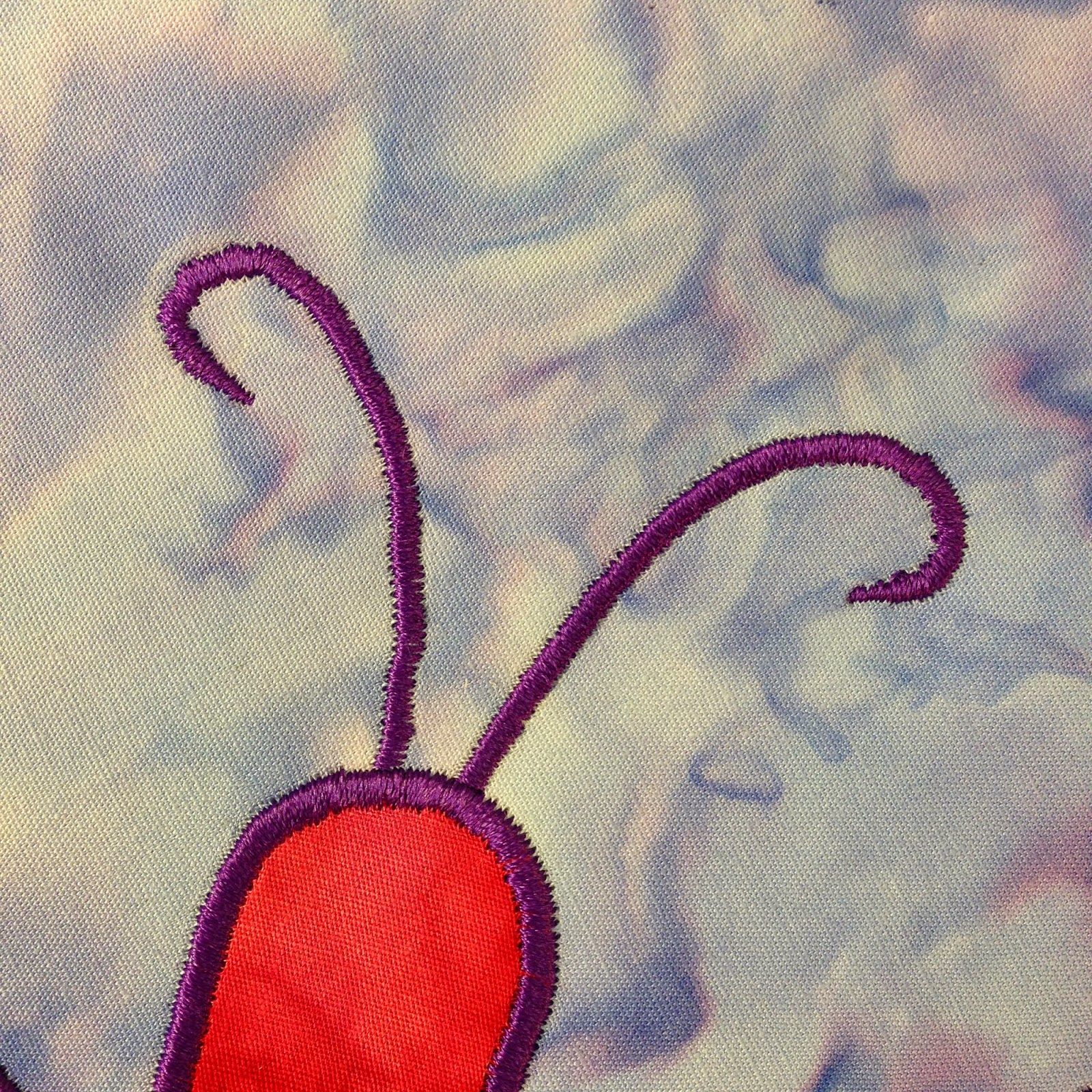


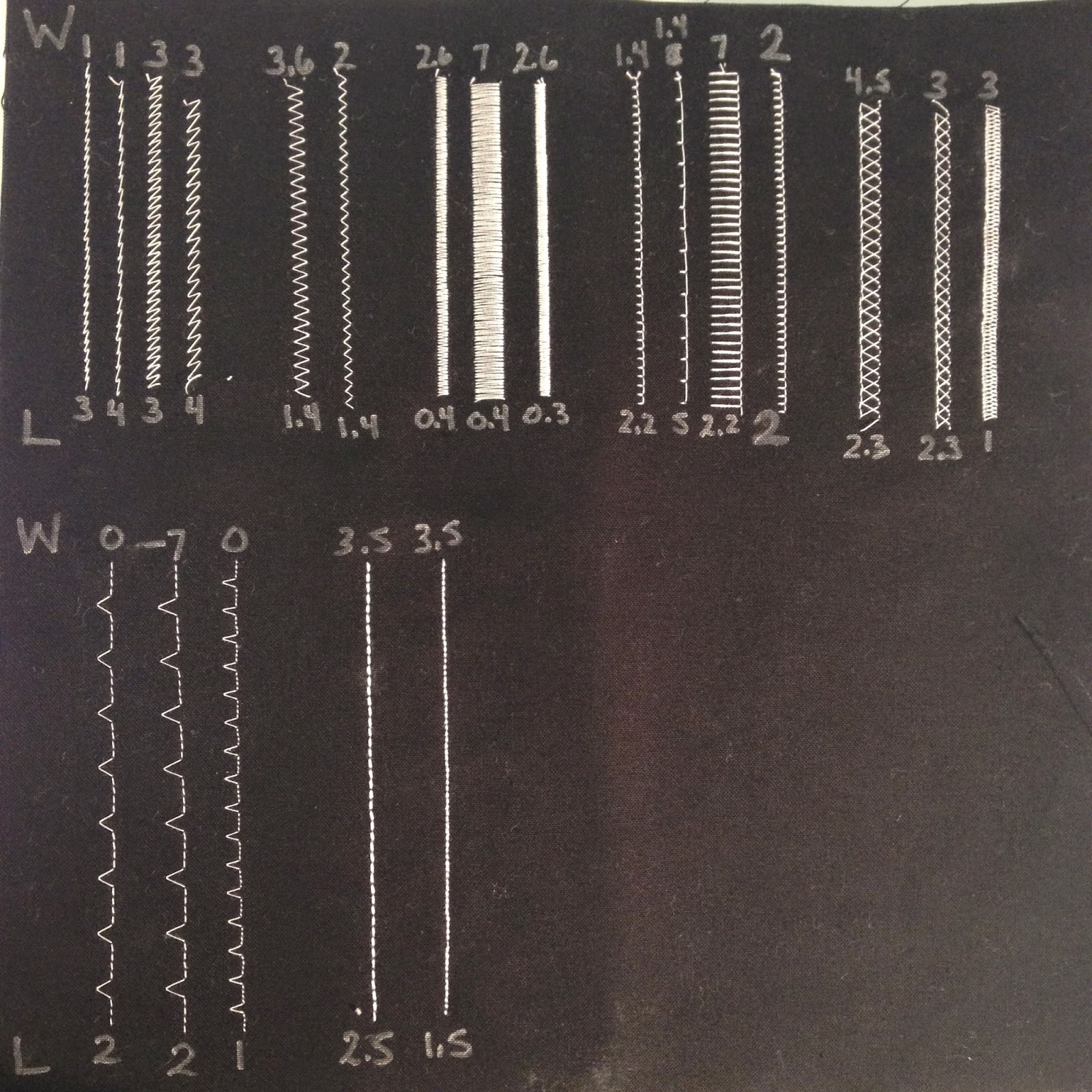
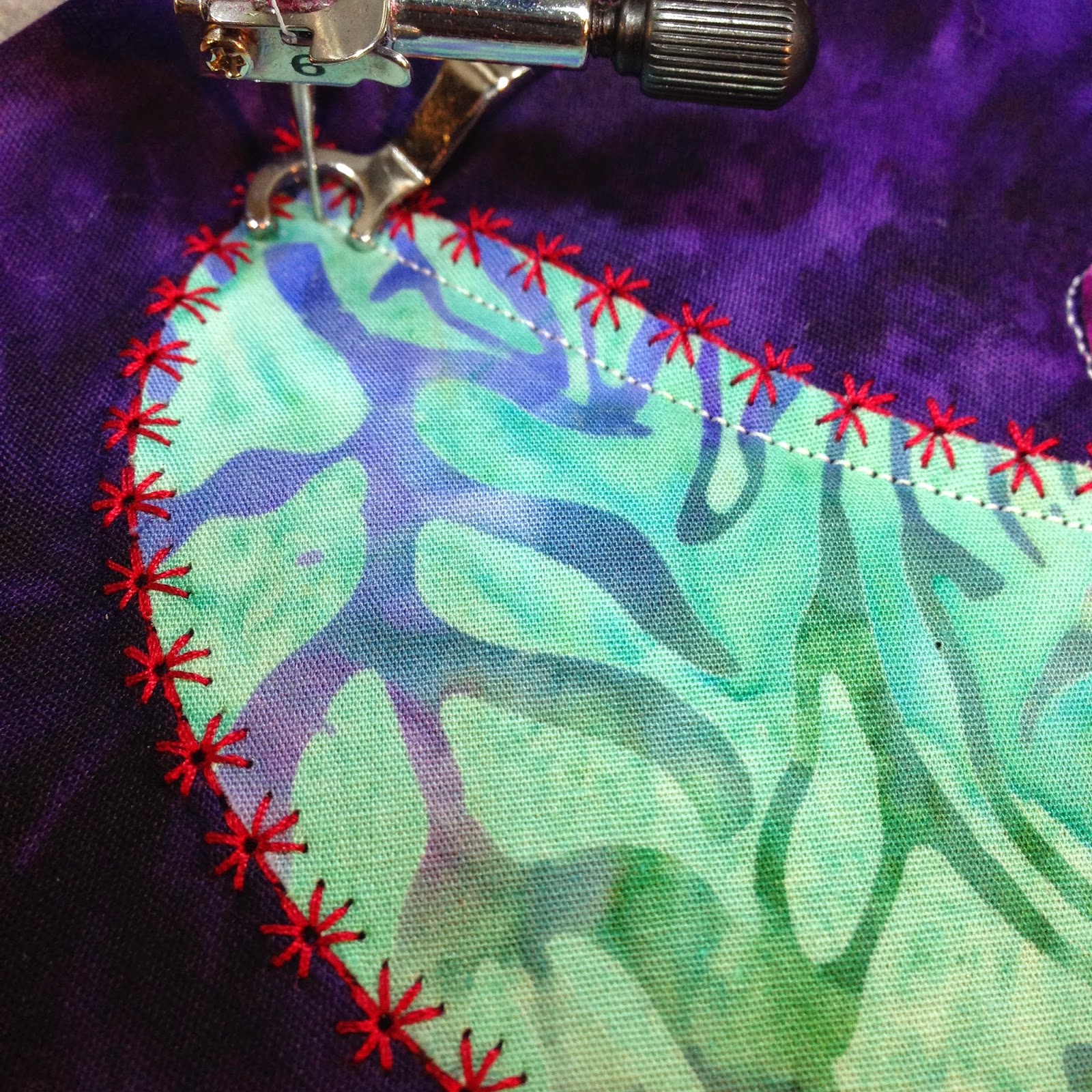
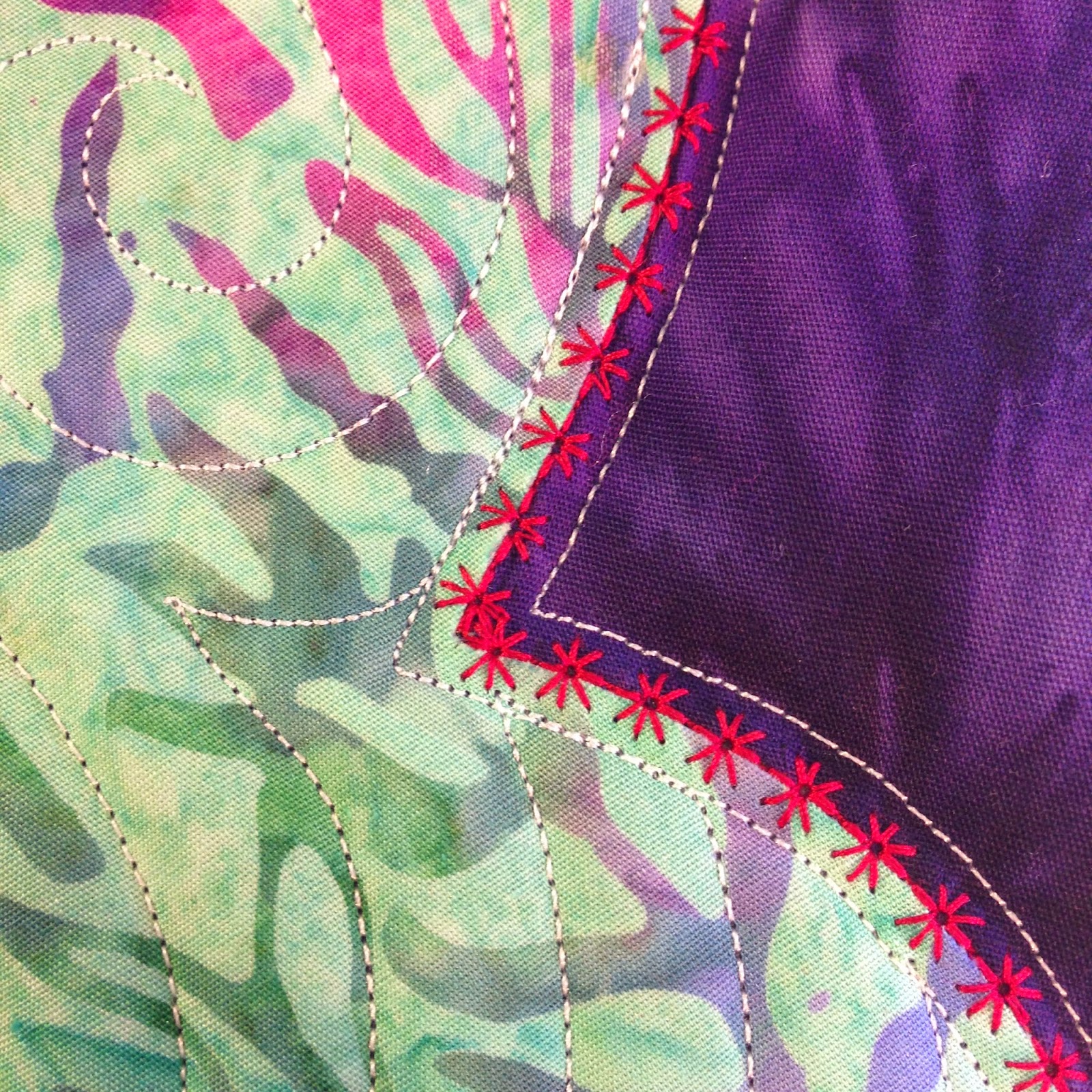

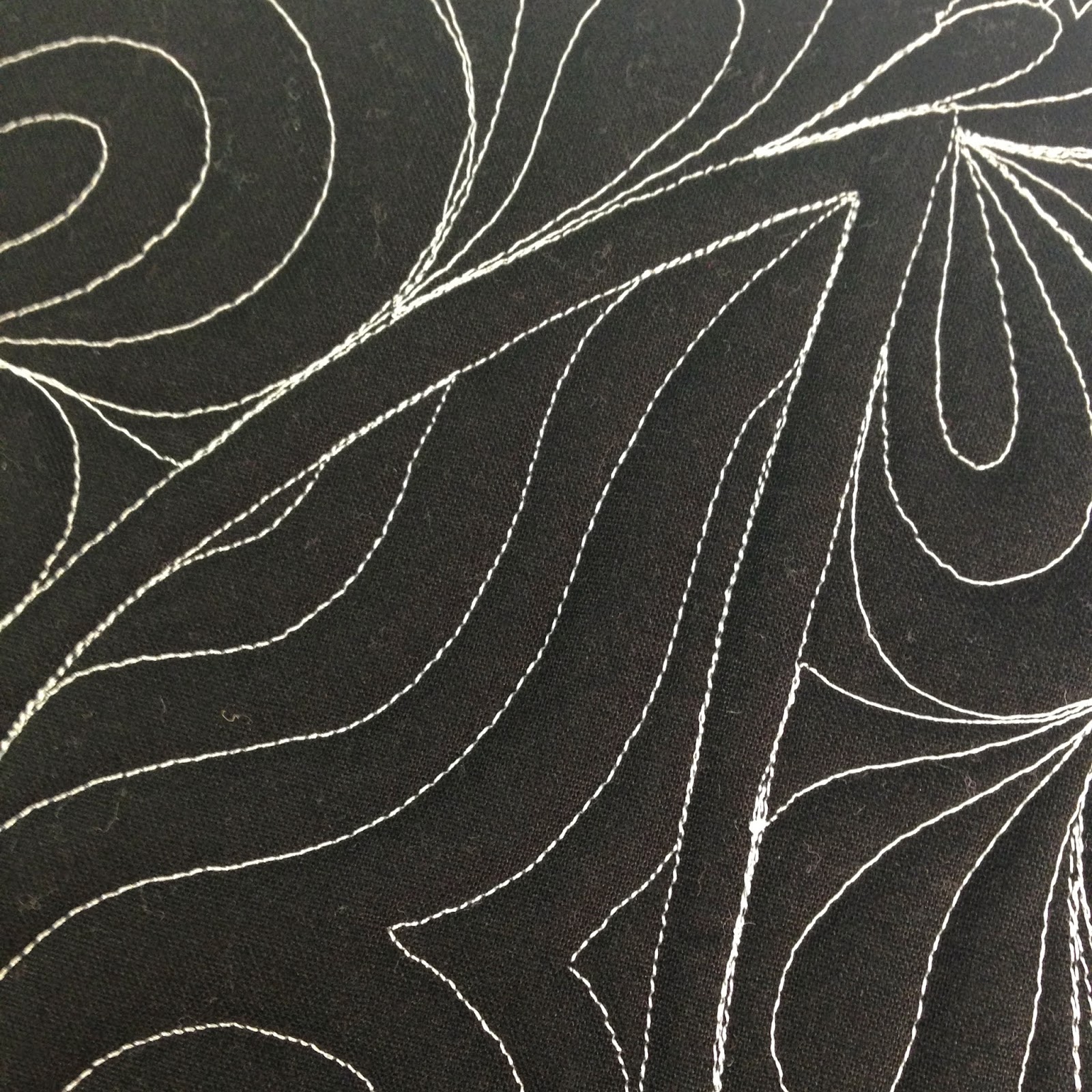
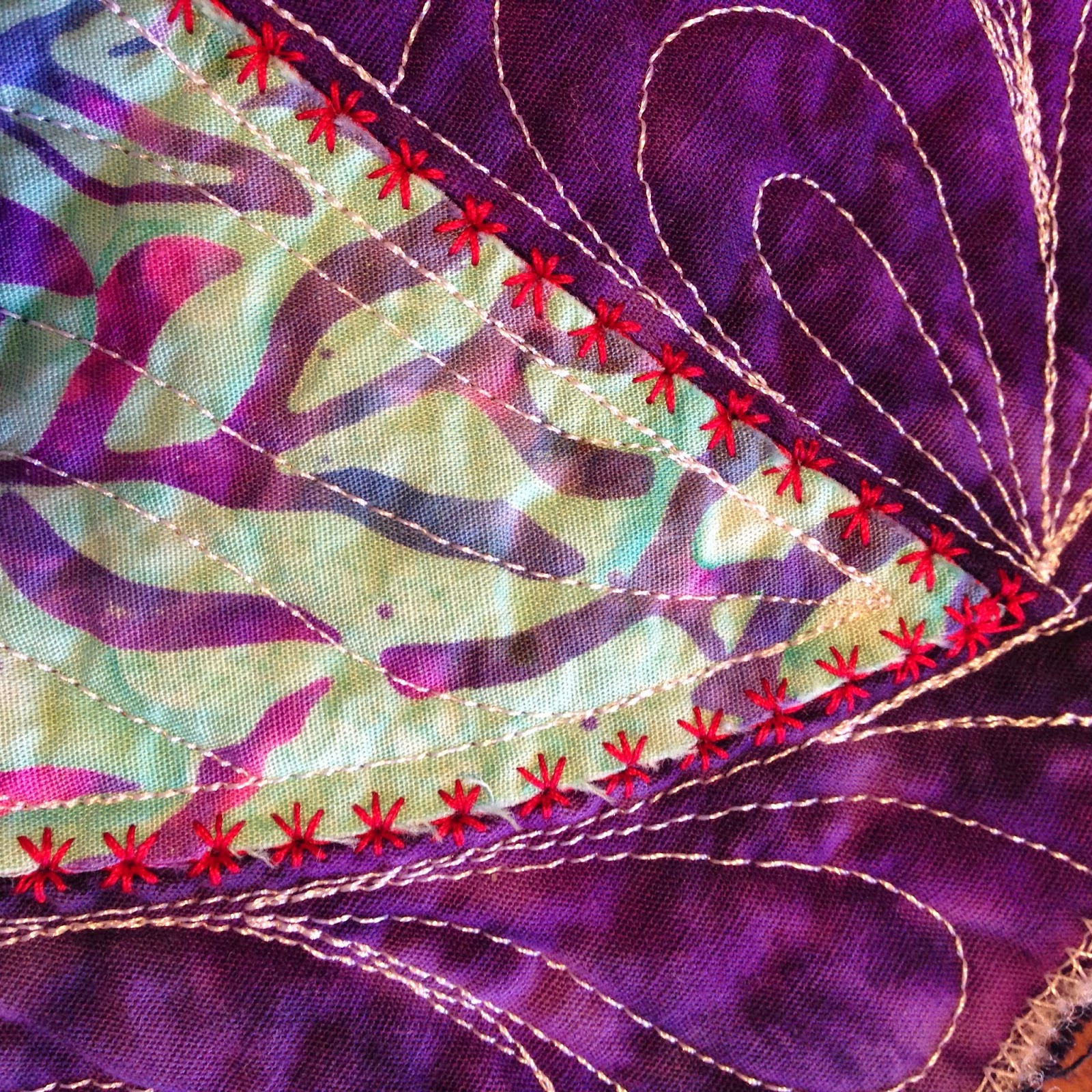
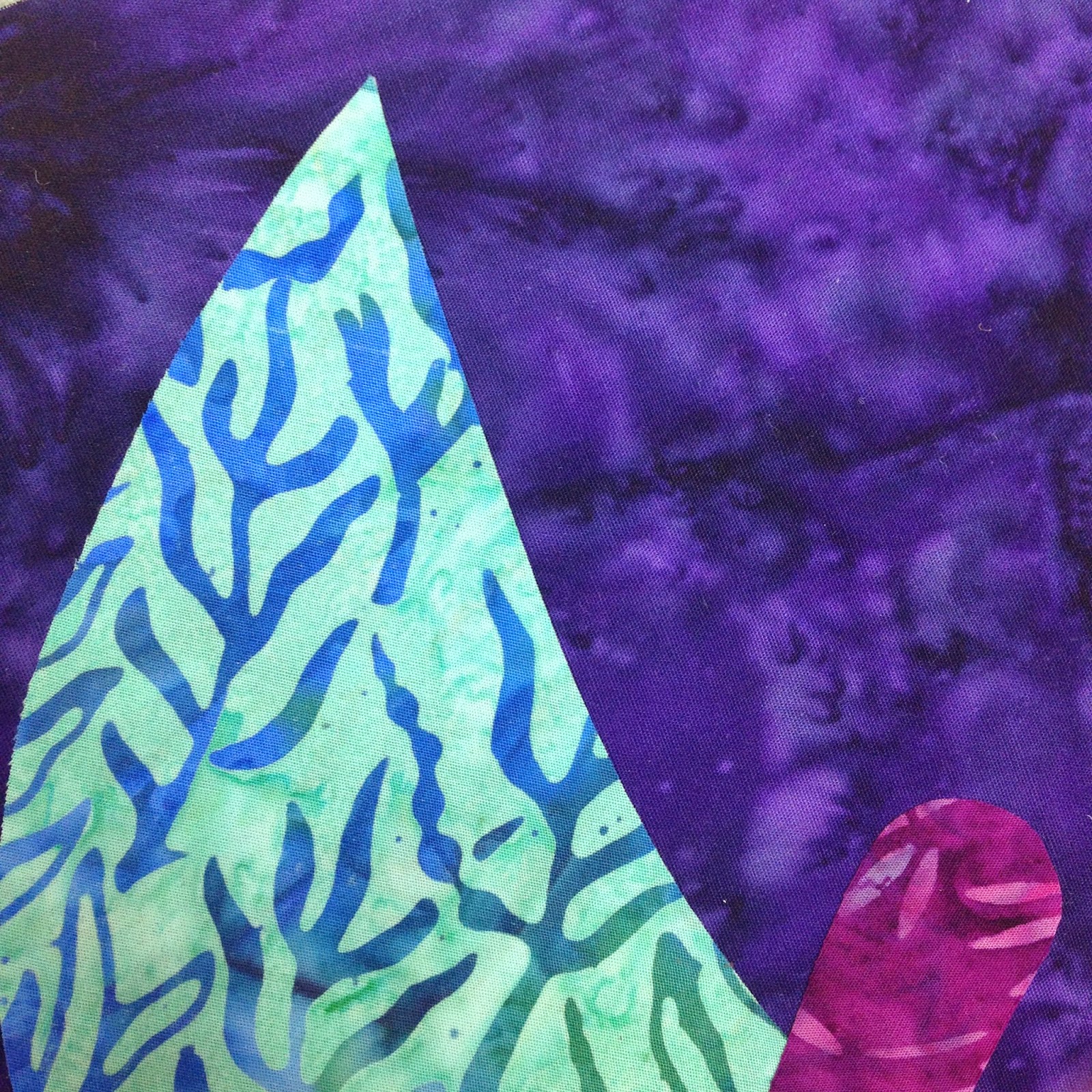

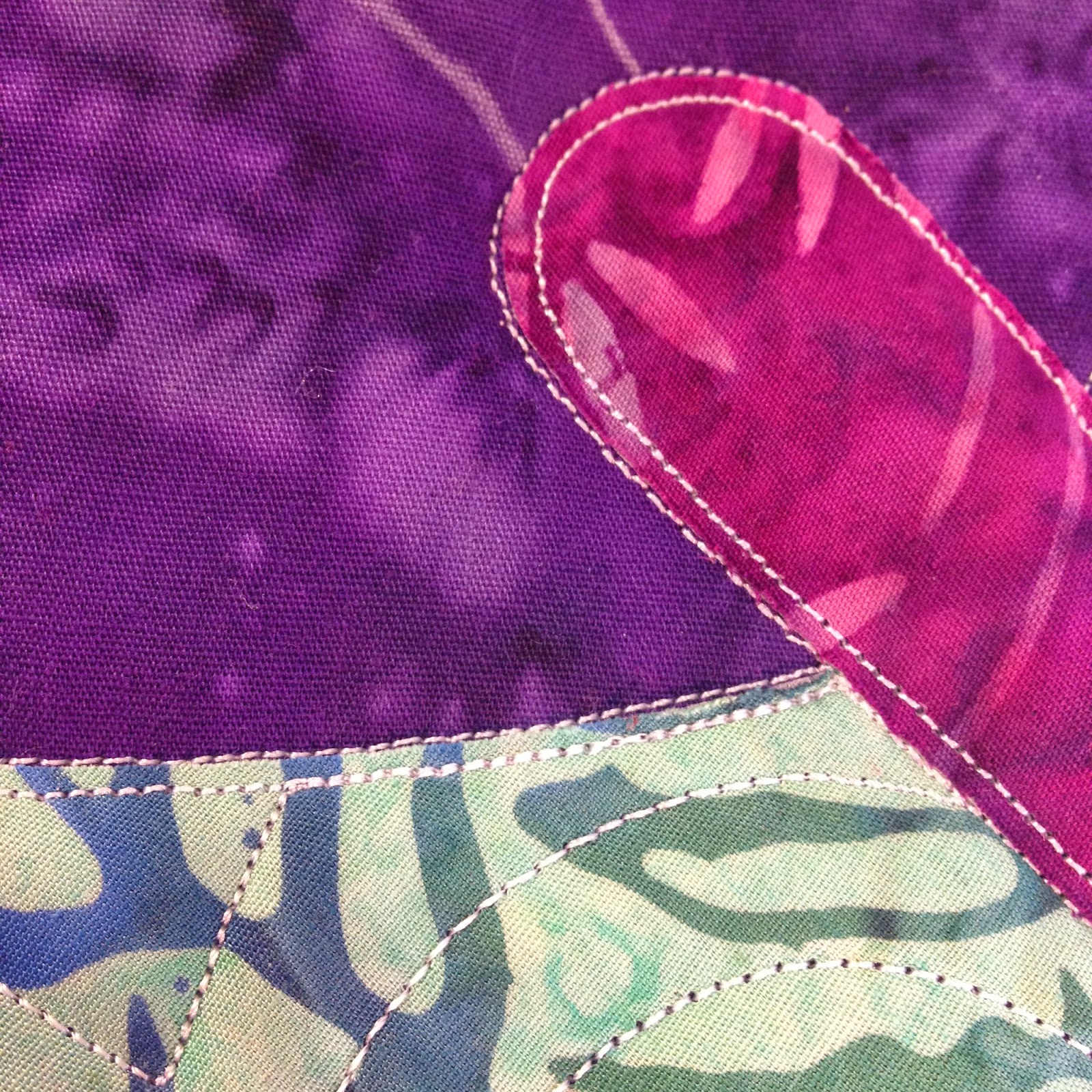
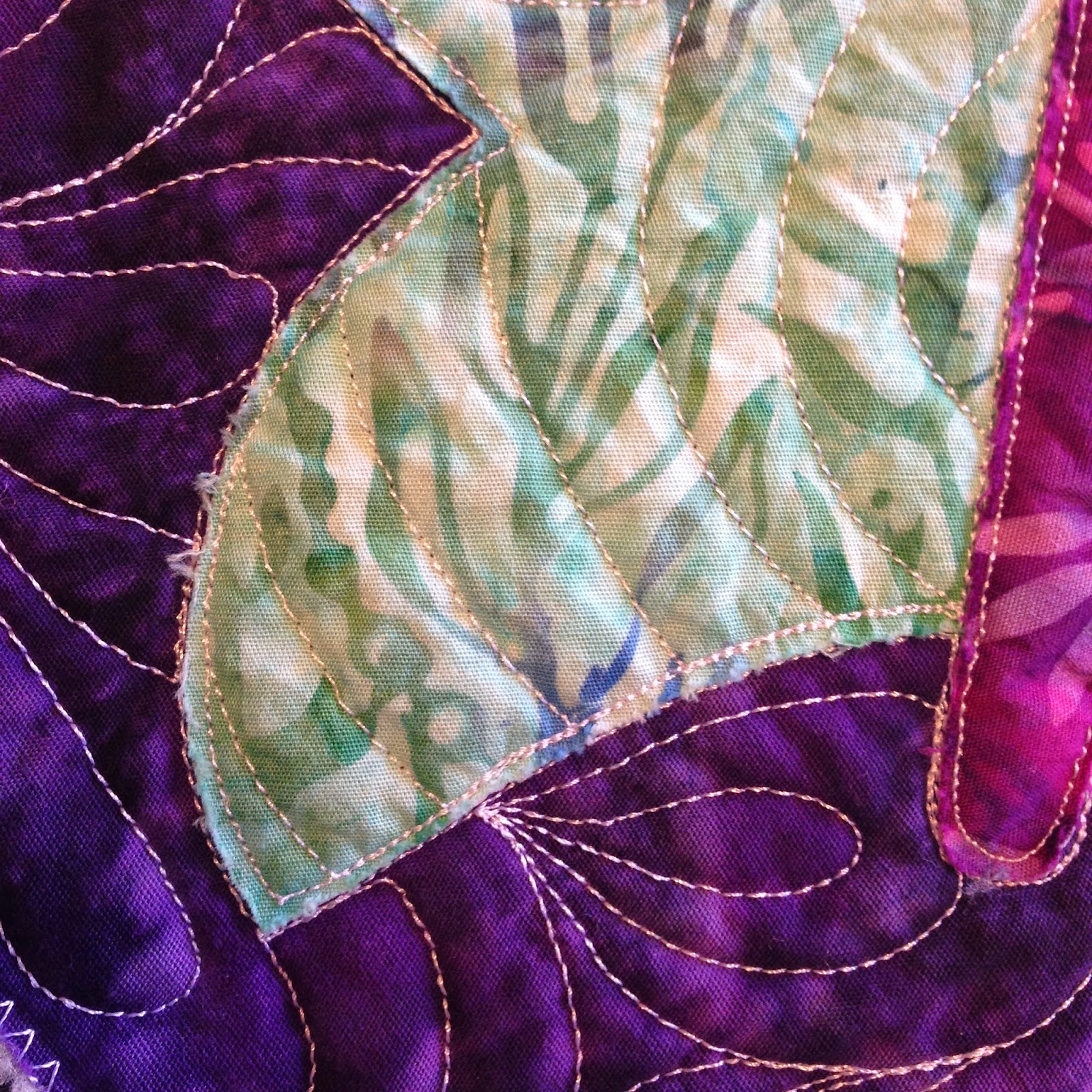

These posts about applique and particularly this one has been very helpful to me! I have always done patchwork and am new to applique but have been practicing at machine appliqueing some bunnies in the 1930s style with a buttonhole stitch and I've been wondering just how much I should be concerned about possibly fraying of the edges between the stitches.I feel confident to proceed now,thank you!
This has given me the idea (and permission 🙂 ) to do 3 different finishes on my butterflies! I did 4 with the satin stitch…now I'll use a couple of different satin type stitches from my machine. NICE!!
I am also planning to applique my butterflies in various ways. I like raw edges a lot.
Which machine are you using for this now that you have the Juki? No satin stitch on that one! 🙂
You mentioned using a stabilizer prior to satin stitching or perhaps any edge stitching or quilting. What would you recommend for stabilizer for the piece in addition to the Steam a Seam 2 Light for the butterflies?
I mostly use the blanket stitch on my appliqué. Depending on the "feel" of the quilt, sometimes I use black only and sometimes I match the fabric. The type of thread and size of stitch also varies with the style of the quilt. The look is just as "finished" as the satin stitch, but you don't use as much thread and I just like it.
Did you still use stabilizer with the decorative stitch? Did you use white thread in the bobbin?
Great inspiration. I am about to start a quilt for my grand daughter and love the idea of using the star embroidery stitch instead of satin. Love it.
I'm allergic to satin stitch for all the reasons you mention–takes more time; requires lots of extra thread; and you need stabilize. If I want to minimize fraying I sometimes use a narrower zigzag stitch with no stabilizer (as long as it's not puckering). I prefer the look of raw edge applique to that of inexpert satin stitch and I don't have the patience to become expert at satin stitch. Thanks for helping to "legitimize" raw edge.